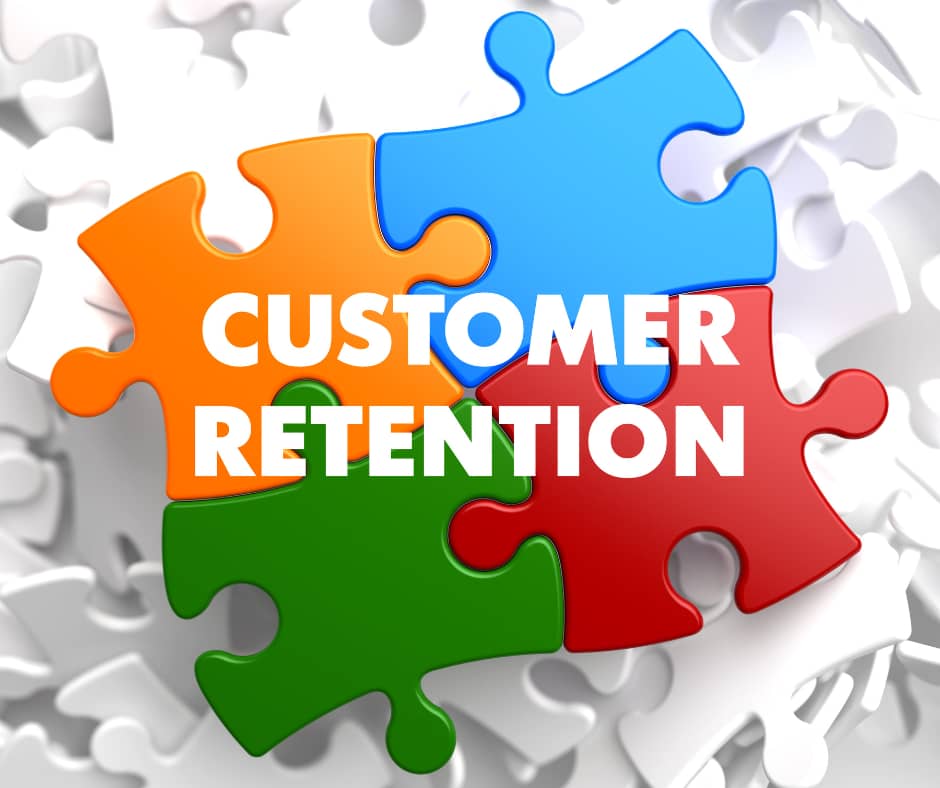Acquiring new customers is becoming increasingly challenging, making customer retention more crucial than ever. Even the most experienced subscription professionals are finding it harder to maintain high retention rates as consumers face difficult financial decisions. A recent study conducted with PYMNTS revealed that 48% of participants anticipate challenges in customer acquisition costs, while 37% believe retaining customers will be difficult.
This translates to significant revenue at risk.
To bridge the gap between current and potential retention rates, and to optimize customer lifetime value (LTV), every subscription business must have a solid strategy in place. While this may seem straightforward, many companies overlook the distinction between voluntary and involuntary churn, resulting in missed opportunities to maximize retention and LTV.

Understanding Voluntary vs. Involuntary Churn
Voluntary churn occurs when customers consciously decide to end their subscription. Companies often invest heavily in enhancing the customer experience to mitigate this type of churn.
In contrast, involuntary churn happens when technical issues, such as failed payments, cause legitimate transactions to be declined. These failed payments, also known as false declines, are a major contributor to involuntary churn. The good news is that this type of churn is preventable. By identifying, managing, and reducing involuntary churn, companies can significantly improve their retention rates.
Failed payments are the real cause of involuntary or passive churn. Fortunately, involuntary churn can be prevented with an AI-powered payment recovery solution.
The Impact of Involuntary Churn
Involuntary churn is particularly detrimental because it not only reduces overall revenue and growth rates but also diminishes customer LTV. This, in turn, limits the funds available for acquiring new customers. However, by reducing involuntary churn, businesses can boost customer LTV, leading to sustained revenue growth.
Recovering customers who have experienced failed payments can extend their billing lifecycle, creating a compounding effect on revenue growth month after month. This allows your subscription business to reach its full financial potential, driving accelerated growth and profitability.
These financial gains can then be reinvested in customer acquisition and product or service enhancements, further fueling growth and retention. This cycle of enhanced customer acquisition, fueled by increased revenue, retention, and profitability, can help you gain a competitive edge in the market. While you're enjoying financial growth, competitors still grappling with involuntary churn will struggle to keep up.
Measuring Involuntary Churn
Research by PYMNTS.com found that 58% of subscription-focused companies track customer churn (36%), customer retention (28%), or both. However, few companies measure voluntary vs. involuntary churn separately. To effectively address churn, it’s essential to track each type separately and apply the right solutions accordingly.
How to Calculate Involuntary Churn
Reducing involuntary churn starts with collecting the right data, which is often readily available but may require additional reporting. While calculating the total cost of customers lost due to failed payments is straightforward, it’s important to leverage new data sources and reporting tools.
A good first step is assembling a cross-functional team from finance, technology, and reporting departments to gather the necessary information and create actionable reports.
Key data to collect:
- Total churn, including both voluntary and involuntary churn
- Customers lost due to failed payments
By dividing the total churn by the number of customers lost to failed payments, you can determine your involuntary churn rate. This simple calculation provides valuable insights into the percentage of churn that is involuntary.
Reducing Involuntary Churn
Imagine a company with a 25% customer churn rate. After analyzing the data, they discover that 48% of their churn is due to failed payments — involuntary churn. With the right failed payment recovery system, they could potentially recover over 50% of these lost customers, effectively reducing overall churn by 12%. This estimate is based on average rates from the PYMNTS study, but performance improves significantly with a robust, AI-driven recovery system.
Best Practices for Technology and Retention
An ideal failed payment recovery system tailors recovery strategies to each failed transaction. This approach should consider the issuing bank, the reason code for the failure, and the type of credit card used. AI-powered solutions excel at customizing recovery strategies for each failed payment, leading to higher recovery rates.
For maximum effectiveness, your recovery solution should not only achieve high recovery rates but also maintain customer retention post-recovery. Since the longevity of a customer after recovery impacts their LTV, it’s crucial to measure and manage this metric carefully. Delivering a positive customer experience during the recovery process is key to maximizing LTV.
Best Practices for Recovery
Certain payment failures, such as hard declines due to expired or invalid card numbers, require direct customer involvement. However, notifying customers of a failed payment can sometimes trigger churn. To avoid this, the best recovery methods work behind the scenes, resolving issues without the customer's awareness. When customer involvement is necessary, it should be handled with empathy and collaboration to encourage resolution.
Our team's AI-powered solution is designed to optimize recovery, often resolving failed payments without customer intervention. When customer engagement is required, our approach ensures a positive experience, enhancing the chances of retention.
Gaining a Competitive Edge
By effectively addressing involuntary churn with a sophisticated failed payment recovery system, your company can outpace competitors. Improving your core metrics now can give you a lasting competitive advantage, leaving others struggling to catch up.
With the right tools and strategies, you can maximize retention, boost LTV, and drive sustained growth in your subscription business.
Is your business experiencing failed recurring payments? Contact us today to explore solutions that will recover up to 80% of your failed recurring payments, increasing your cash flow and profitability.

